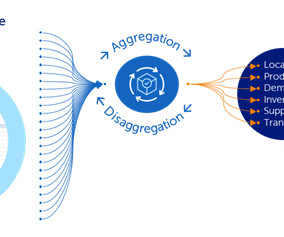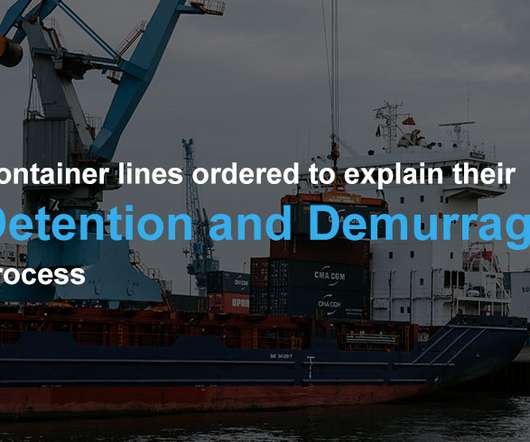Editor’s Choice: Why Supply Chain Design Is Not a “One-and-Done” Exercise
Logistics Viewpoints
SEPTEMBER 22, 2022
Note: Today’s post is part of our “ Editor’s Choice ” series where we highlight recent posts published by our sponsors that provide supply chain insights and advice. Today’s article is from Ahmad Jiwani at Coupa and looks at supply chain design. How often do you revisit and update your supply chain designs?









































Let's personalize your content